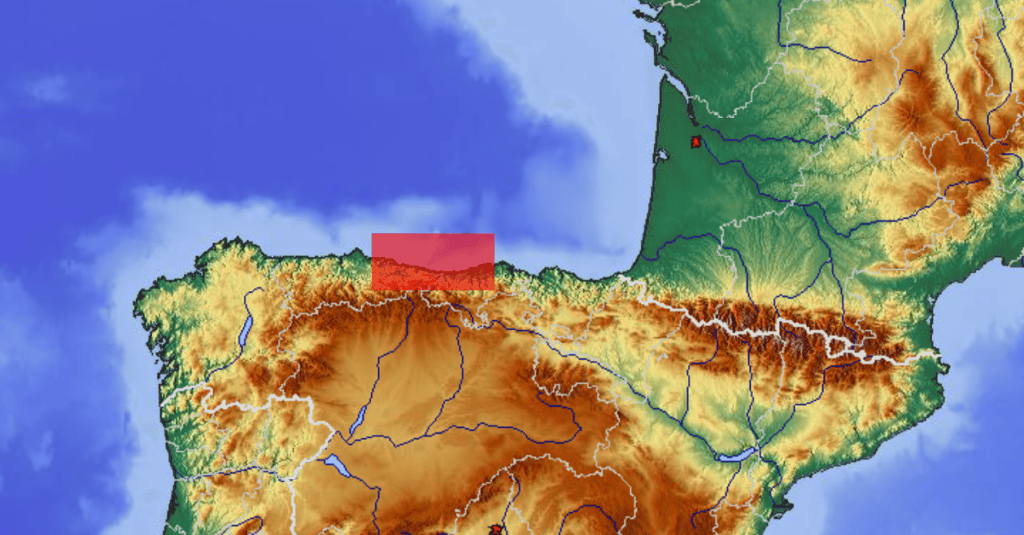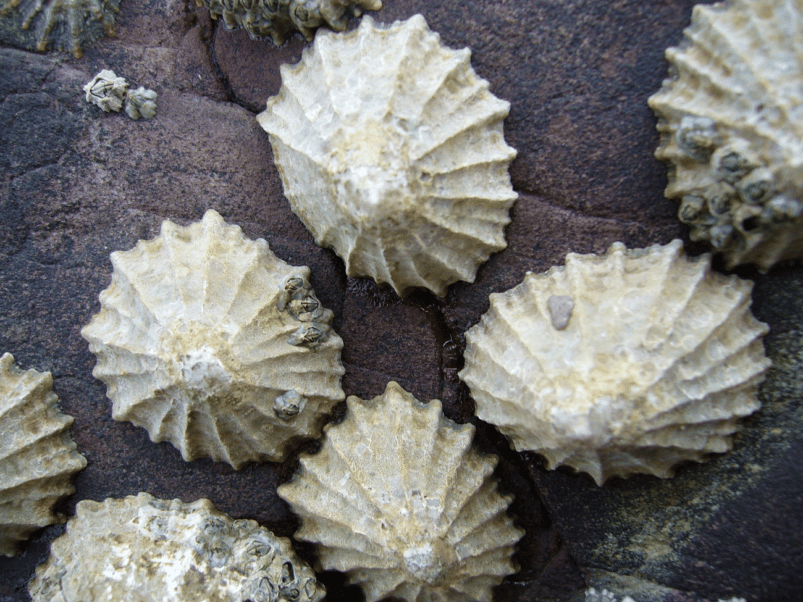The study of El Mazo, a cave in Asturias, Spain, has suggested some interesting trends about how humans coped with a sudden cold period six millenia ago. The “8.2ka” event is one of the most significant climatic changes in the past 10,000 years.
The period in question was 6200 years ago, when average temperatures dropped by up to 3°c. Various glaciers in North America melted and flooded into the Atlantic ocean. The current scientific understanding is that the sudden introduction of so much cold water stopped the circulation of normal ocean currents, and led to a drop in temperature across the globe. The exact impact on the environment and humans is still not completely clear, but archaeologists from Spain and Europe have found new clues – in a waste pit filled with shellfish.
The site has a very long history, which makes it useful for studying how things changed in response to the climate. The shellfish found there are most likely food waste, which can be looked at by archaeological scientists.

The scientists verified that the molluscs came from a colder period by looking at the precise chemical composition of the shells. They then counted the number of specific species over a long time period. For example, P. lineatus, which is suited to warmer waters, suffered in this period. In contrast, P. vulgata, which does better in cooler waters, had a higher population during the cold era. The species that could adapt to the colder waters managed much better in this period.
This allowed the researchers to look at how humans reacted to the colder temperatures. They suggest that many people may have moved to the coast to escape from the colder inland areas.
6200 years ago, humans weren’t selfish about their shellfish
“Our results suggest an ongoing application of local marine ecological knowledge by some of the last foragers in western Europe, despite major changes to climate and demography” – Asier García-Escárzaga, leader of the study.
The researchers discovered that the molluscs became smaller in this period, which suggests a change in human activity. This means that the molluscs didn’t have time to grow – because they are being gathered more intensively. However, the shellfish were not over-exploited, as the size managed to remain above 20mm. If they had become smaller, they wouldn’t have been able to survive in the long-term. Furthermore, there was evidence that humans were gathering the molluscs in more dangerous areas. If there were more people at the coast relying on shellfish for food, they would be forced to gather in riskier places.
The study is an important step into understanding both how our environment reacts to climate change, and how humans in the past have adapted to climatic shifts.
Read the full story at phys.org.

